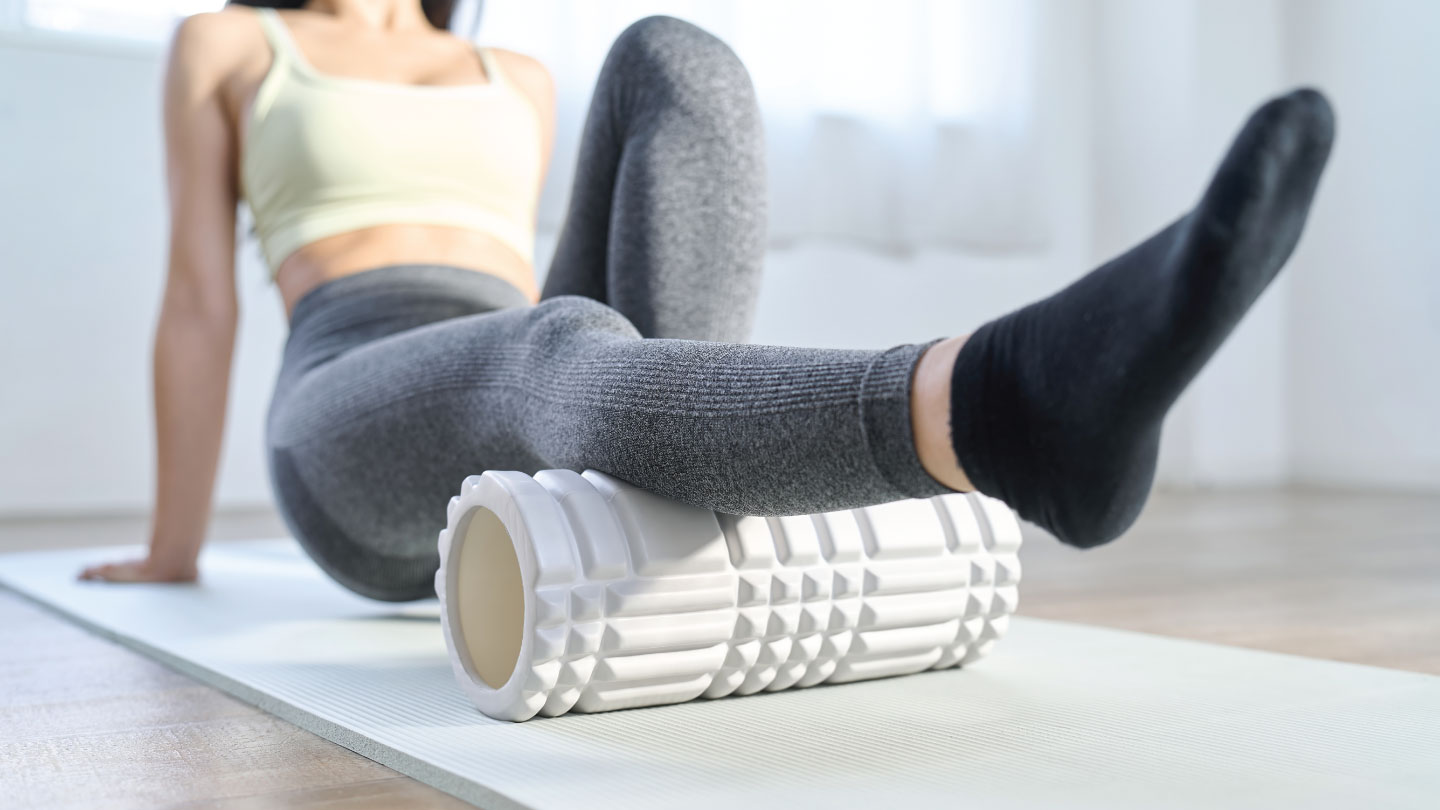Miscellaneous
Soleus Muscle: The Hidden Calf Muscle That Can Help Control Blood Sugar
Here’s how this quiet, endurance-driven muscle supports metabolism and may benefit people with diabetes or insulin resistance.

1. What exactly is the soleus muscle?
The soleus muscle is a broad, flat muscle located in the lower leg, just beneath the more visible gastrocnemius (the bulkier part of your calf). Together, these two form the calf complex, connected to your heel via the Achilles tendon.
Unlike most skeletal muscles that are made for quick bursts of movement, the soleus is built for endurance. It’s composed mainly of slow-twitch (Type I) muscle fibres, which means it works quietly in the background to help you stand, walk, and maintain posture for long periods.
Related Story: 5 Ways to Fix Poor Posture at Work
2. What does the soleus muscle do?
The soleus helps you point your foot downwards (a motion called plantar flexion) and stabilises your body when standing. Because it’s always active, even during everyday tasks like standing still or walking slowly, it plays a constant role in maintaining circulation and lower-body stability.
But there’s more; this humble muscle could be a metabolic powerhouse. When it’s engaged in specific ways, the soleus can sustain elevated oxidative metabolism for hours, even when you’re sitting.
3. Why is the soleus muscle called a ‘metabolic powerhouse’?
A landmark study published in 2022 from the University of Houston found that activating the soleus via a movement called the soleus push-up can significantly boost glucose and fat metabolism for hours after exercise.
Here’s the unique part: while most muscles burn stored glycogen during activity, the soleus primarily uses blood glucose and lipids, making it highly efficient for blood sugar regulation. This means it can help clear glucose from the bloodstream long after you’ve stopped moving.
In short, the soleus doesn’t just move your foot; it helps power your body’s metabolic engine.
Related Story: Does Exercise Help Lower Blood Sugar?
4. How is the soleus linked to diabetes and blood sugar control?
The connection lies in glucose uptake. Skeletal muscles are the body’s main site for glucose disposal; they help clear sugar from the bloodstream after meals. In people with type 2 diabetes or pre-diabetes, this process becomes impaired due to insulin resistance.
Activating the soleus muscle through low-intensity movements can improve insulin sensitivity and help the muscle absorb more glucose from the blood. A 2025 study published by MDPI in the Journal of Sports found that engaging the soleus muscle reduced post-meal blood sugar spikes by nearly 30 percent, highlighting its potential as a simple but powerful tool for improving metabolic health.
Related Story: Diet Tips From A Nutritionist To Prevent Blood Sugar Spikes
5. What is a soleus push-up, and how do you do it?
The soleus push-up is a seated movement designed to specifically target this deep calf muscle. Here’s how to do it correctly:
- Sit upright with both feet flat on the ground.
- Keep your toes and the base of your feet touching the floor.
- Lift your heels as high as you can, then slowly lower them back down.
- Repeat for 10–15 minutes while seated, during work, reading, or watching TV.
This small movement helps keep blood sugar stable, even while sitting for long periods. Those stuck with desk jobs and a sedentary lifestyle must take note and incorporate this simple move to enhance mobility.
6. Can working the soleus muscle replace a workout?
No, but it can complement your regular exercise routine. While a soleus push-up won’t replace aerobic or strength training, it’s a practical, low-impact addition that improves your metabolic efficiency throughout the day.
Think of it as an ‘exercise snack’, a simple move you can do anywhere to help offset the negative effects of sitting for hours.
Related Story: Chair Yoga for Desk-Bound Bodies: Simple Poses to Ease Stiffness and Stress
7. What are the broader health benefits of activating the soleus muscle?
- Improved glucose control: Enhances blood sugar uptake, reducing insulin resistance.
- Better circulation: Continuous contraction helps pump blood back toward the heart.
- Enhanced endurance: Strengthens lower-leg stability and prevents fatigue.
- Metabolic flexibility: Encourages your body to use both fats and glucose efficiently.
These benefits make the soleus a key player in metabolic health, especially for those managing diabetes, obesity, or a sedentary lifestyle.
8. How can you include soleus activation in your daily routine?
- Try seated heel raises (soleus push-ups) after each meal.
- Pair them with short walks or standing breaks every hour.
- Stay hydrated as water helps with muscle function and glucose transport.
- Combine these habits with a balanced diet and regular full-body exercise for optimal results.
Even a few minutes of soleus engagement several times a day can make a measurable difference in post-meal blood sugar control.
The soleus muscle might be small, but its impact on blood sugar management and metabolic health is mighty. By simply engaging this overlooked muscle throughout your day, you can support better insulin sensitivity, lower blood glucose, and improve circulation, all without leaving your chair. Make movement part of your everyday life. Join our home workout and take that first step toward feeling stronger.
EXPLORE MORE
Your pre-wedding radiance is built on daily choices. What you eat, how you rest, and the way you care for yourself. Here’s your glow-from-within list.
Want to support people with disabilities without overthinking every move? Here’s a guide that breaks allyship into simple, human, everyday actions.
You’re doing the obvious stuff right, but still feeling blocked, bloated, or sluggish? These overlooked habits and biological switches could be silently slowing your gut.
Shoes on or off? What seems like a small choice is actually a global habit with health, hygiene, and cultural twists.






.jpg)
